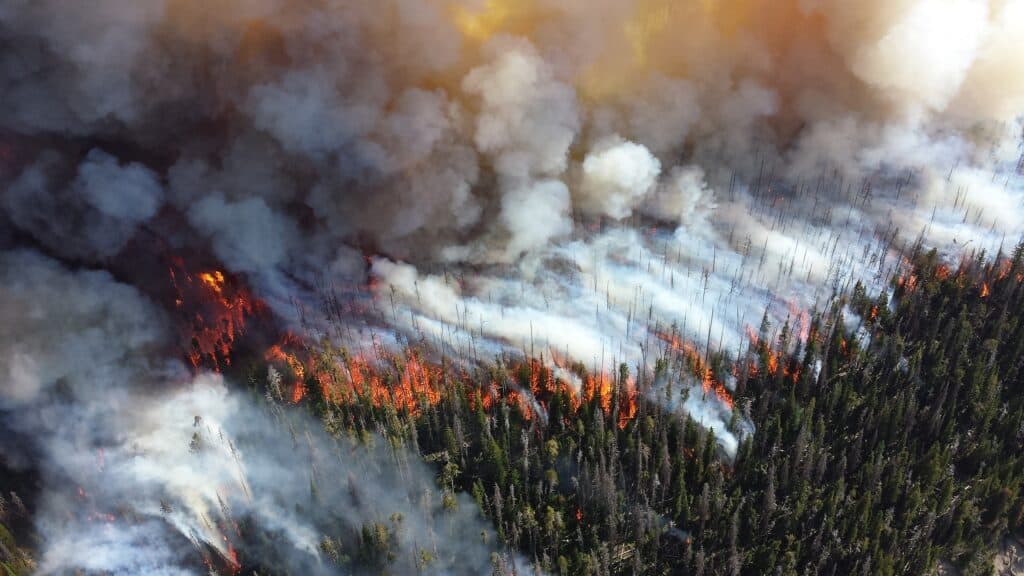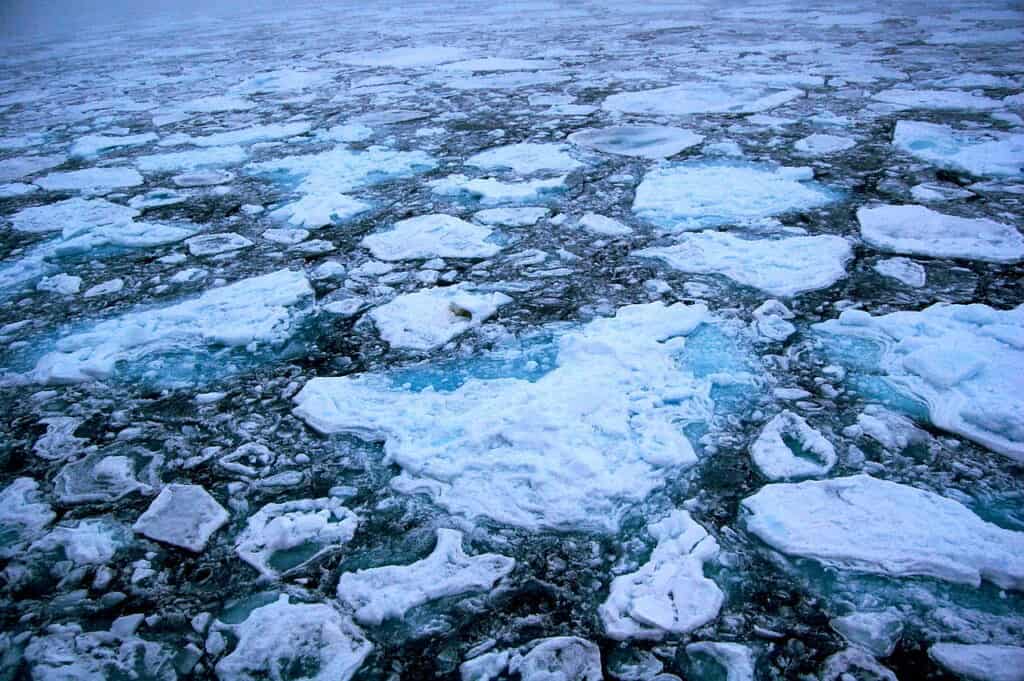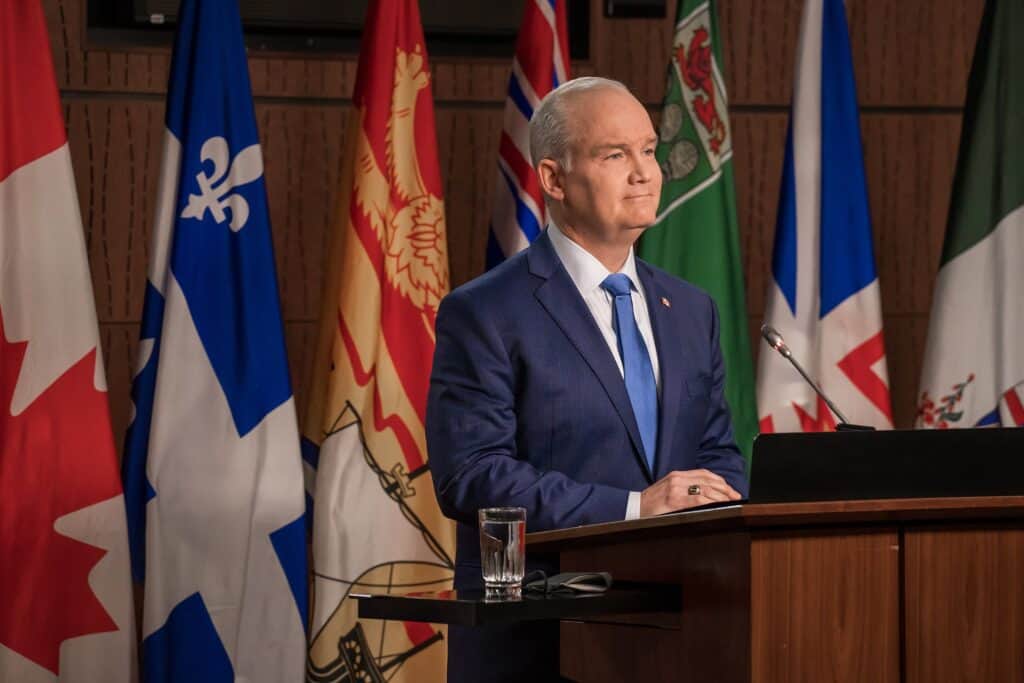Peterborough Examiner – September 3, 2021 – by Drew Monkman
Given how quickly climate chaos is unfolding, the Conservative climate plan comes up short.
The most alarming story to come out this summer is not the continuing pandemic or the tragedy in Afghanistan. As serious as these problems are, the biggest story is the recognition of how quickly climate chaos has descended upon us. We need look no further than the shocking Intergovernmental Panel on Climate Change (IPCC) report released on August 9 and this summer’s planet-wide episodes of crippling heat waves, fires, drought, and flooding. All of this has huge implications for how we vote on September 20.
Drawing on 14,000 scientific studies and approved by 195 member nations, the IPCC’s “code red for humanity” analysis states in the starkest terms possible that Earth is on the precipice of runaway, uncontrollable heating. If left unchecked, it will lead to climate catastrophe for the entire planet. For scientists to talk in such dark and strident terms is unprecedented. We must remember that scientists are very conservative, have a high bar for what they accept as evidence, and usually avoid harsh language.
Here’s what else you need to know from the report: 1. Global heating is almost certain to increase from the present 1.1 C above pre-industrial times to 1.5 C in the next 20 years. 2. The window for action to avoid even greater heating has almost closed. 3. The certainty of the science is absolute, as is the cause: human activity. 4. The impacts are happening right now, and they are accelerating. 5. There is still time to avoid the most nightmarish scenarios such as those that would occur at 2 C of warming; however, it will require drastic global emission reductions this decade.
To read a summary of the IPCC report, go to https://tinyurl.com/k8wzkmm7

Implications for Canada
If this summer of intense wildfires, lethal heat waves, and record drought has taught us anything, it’s that climate chaos has already arrived in Canada. Going forward, there is nowhere in the country — and no one — that will not be affected. The report details how the Arctic is warming three times as fast as the global average, resulting in a huge loss of summer sea ice and the thawing of permafrost which releases methane. Changes like these have a devastating snowball effect, because polar regions help regulate global temperature.

Temperature increases in the rest of Canada will also be much larger than the global average, especially in winter. This will mean more dangerous heat waves and more frequent and severe wildfires from coast to coast. In addition, Ontario can expect increased rainfall as well as more extreme rain events. This will mean the likelihood of more flooding along waterways like the Trent-Severn and in places that normally don’t flood.
How should we react?
The IPCC report is not climate alarmism; it is fact. It should terrify everyone. Not surprisingly, the report has led to an increase in the number of people experiencing severe climate anxiety – not just because of present-day impacts but for what’s to come. These people can feel isolated, because they’re often shut down when they try to talk about climate chaos and how they’re feeling. It’s one more reason to have these conversations, no matter how uncomfortable they can make us feel.
The stark reality of what humanity is facing doesn’t need to lead to despair, however. Rather, it should be channelled towards anger and outrage. We should be outraged by the insufficient level of climate mitigation efforts on the part of governments and corporations everywhere. Yes, we’re seeing more action (or promised action) than ever before, but it’s still far from being enough.
The biggest unknown, however, is whether the report will shake enough of us out of a special kind of climate denial, namely the comfortable belief that climate change is unfolding in a slow, predictable, and linear way with lots of time to put off drastic measures.
Action in how you vote
What’s especially unhelpful at this crucial juncture is for people to shrug and simply say, “Well, there’s nothing I can do anyway.” This is false. We have an opportunity to take crucial action right now. How? By voting with climate action as your number one priority. We must vote for a party that is both committed to a much quicker reduction of greenhouse gas emissions and has a plan to make this happen. Right now, this means supporting a party that will increase Canada’s commitments at the crucially important 26th Conference of the Parties (COP 26) in Glasgow starting November 1. This international climate summit is possibly the last chance to coordinate much more aggressive global action to bring climate systems – and modern civilization itself – back from the brink.
Party platforms
Here are some highlights of each party’s climate plan as well as the name of the Peterborough-Kawartha candidate.
Liberals (Maryam Monsef): The central Liberal policy is carbon pricing with a plan to increase the carbon tax to $170/tonne by 2030. They have also passed climate accountability legislation with targets set for every five years from 2030 to 2050 as well as a 2026 emissions objective. The Liberals support making next-generation nuclear technology and hydrogen part of the clean energy transformation. They have set a new emissions reduction target of 40 to 45 per cent below 2005 levels by 2030. The target has been registered with the United Nations in view of COP 26. On August 29, Trudeau also announced that greenhouse gas emissions from the oil and sector would not be allowed to rise but will have to decrease every year. However, Trudeau still supports the Trans Mountain oil pipeline and expansion project as a means of financing Canada’s climate objectives.
Conservatives (Michelle Ferreri): An Erin O’Toole government would introduce a form of carbon pricing. However, it would only increase to $50/tonne. The tax would be paid into a personal, low-carbon savings account (think Air Miles) each time Canadians buy fossil fuels. The savings could then be used for green purchase like energy-efficient retrofits. The Conservatives would also implement measures around zero-emission vehicles, carbon capture, nature-based solutions, and fuel standards. The main criticism of their plan is that the $50/tonne carbon pricing ceiling is far too low and that the savings account would incentivize people to consume more fossil fuels instead of less. Erin O’Toole has also announced that a new Conservative government would not honor the Liberals’ emissions reduction target of at least 40 per cent but roll it back to 30 per cent.
NDP (Joy Lachica): Like the Liberals, the NDP would enhance carbon pricing and climate accountability but would aim for a 50 per cent reduction below 2005 levels by 2030. Jagmeet Singh has also announced that the NDP would eliminate fossil fuel subsidies “once and for all.” Singh has, however, expressed support for the Coastal GasLink liquid natural gas (LNG) pipeline. The NDP does not support funding nuclear energy.
Green Party (Chanté White): The Greens would commit Canada to a 60 per cent emissions reduction by 2030, implement a carbon border tax, end all oil and gas exploration projects, and launch a massive building retrofit program.
Despite major improvements compared to 2019, the Conservative plan still leaves much to be desired, especially when it comes to their carbon tax and lower reduction targets. As the lead editorial in the Globe and Mail stated on August 23, “Even if everything about (the Conservative climate plan) were to be executed perfectly, the results would still fall short of the Liberal plan…the Liberal’s road map is more ambitious, and its emphasis on carbon pricing makes it the sure bet.” What is equally worrying is that much of the Conservative base and elected Members of Parliament do not see climate action as a priority. Many don’t even believe human-induced climate change is real. Are these the people we want to see creating national climate policy? At the Conservative convention last March, party members themselves voted down a resolution which would have included the sentences “We recognize that climate change is real. The Conservative Party is willing to act.”

When we cast our ballots, we must keep the possibility of catastrophic climate chaos top of mind. Unfortunately, we can’t afford the luxury of voting based on a specific candidate, even though all of them are excellent. At this crucial juncture, supporting the PARTY with the best climate plan is the most important climate action we can take. We have agency, and we can act. The chaos that would come with two degrees of warming is not yet inevitable.